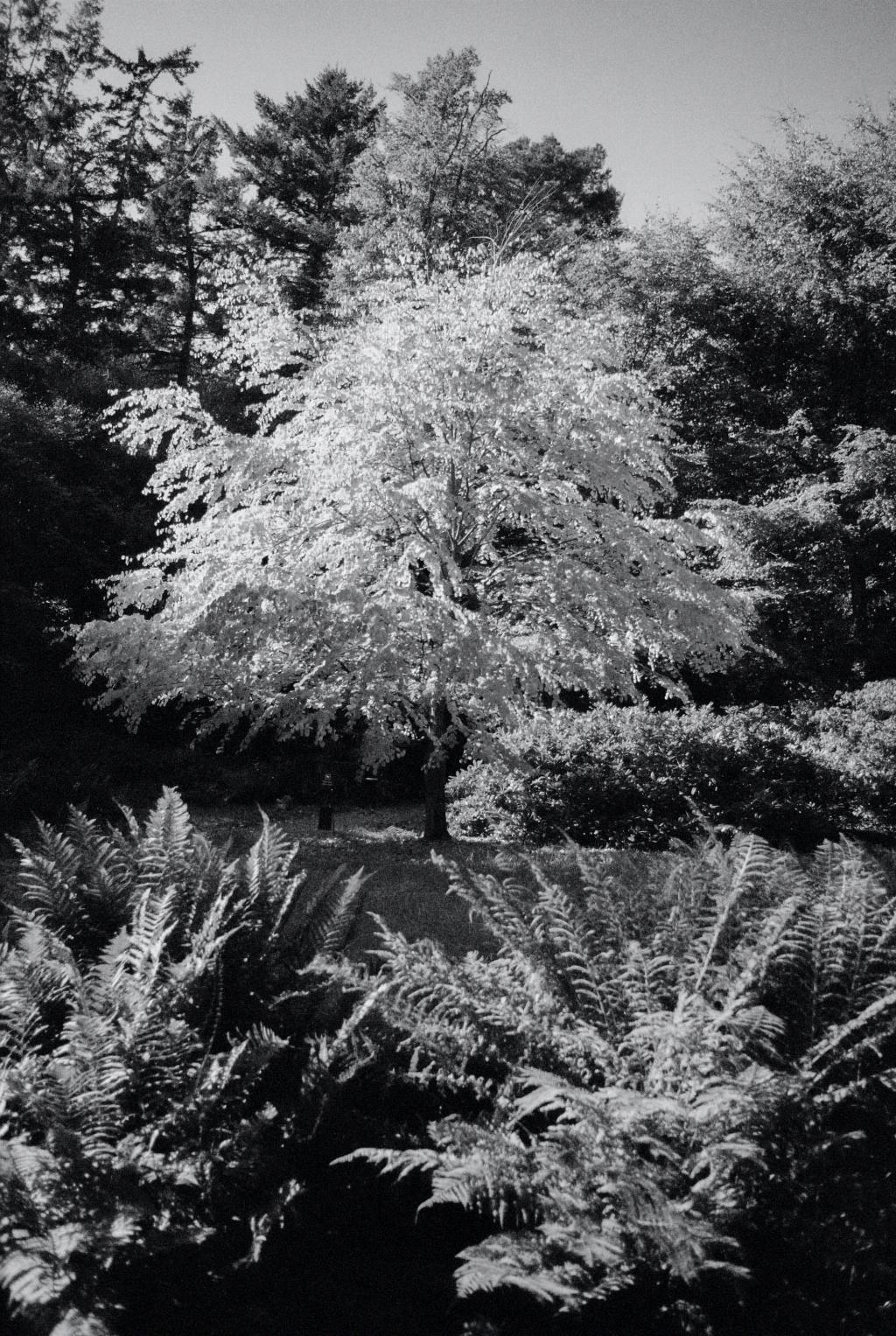When it comes to landscaping and gardening, one common question that many enthusiasts have is whether it is possible to plant shrubs in the fall. The answer to this question is yes, you can indeed plant shrubs in the fall, but there are some key considerations to keep in mind to ensure the success of your landscaping efforts.
Timing is Key
The best time to plant shrubs in the fall is typically six weeks before the first frost. This window generally falls between September and November, providing an ideal opportunity to allow the shrub roots to establish themselves before the ground freezes.
Benefits of Fall Planting
Planting shrubs in the fall can offer several advantages. The cooler temperatures and more abundant rainfall during this time of year create optimal conditions for root growth. Additionally, planting in the fall gives the shrubs a head start, allowing them to establish stronger root systems before the harsh winter weather sets in.
Choosing the Right Shrubs
When selecting shrubs for fall planting, opt for varieties that are well-suited to your climate and soil conditions. Consider factors such as sunlight exposure, drainage, and space requirements to ensure the shrubs thrive in their new environment.
Preparing the Soil
Prior to planting, it is essential to prepare the soil properly to provide an optimal growing environment for the shrubs. Remove any weeds, rocks, or debris from the planting area, and amend the soil with compost or fertilizer to provide essential nutrients for the shrubs.
Planting Techniques
When planting shrubs in the fall, be sure to dig a hole that is slightly wider and no deeper than the root ball of the shrub. Place the shrub in the hole, backfill with soil, and tamp down gently to remove air pockets. Water the shrub thoroughly after planting to promote root growth.
Maintenance and Care
After planting, it is important to provide proper maintenance and care to help the shrubs thrive. Keep the soil moist but not waterlogged, and apply a layer of mulch around the base of the shrub to retain moisture and suppress weeds.
Protecting Against Frost
As winter approaches, consider protecting newly planted shrubs from frost by wrapping them in burlap or providing temporary shelter. This will help prevent damage from freezing temperatures and harsh winter conditions.
Monitoring Growth
Keep an eye on the growth and development of your newly planted shrubs throughout the fall and winter months. Look for signs of stress or disease, and take proactive measures to address any issues that may arise.
Pruning and Shaping
In the spring, once the threat of frost has passed, consider pruning and shaping your shrubs to encourage healthy growth and vibrant blooms. Remove any dead or damaged branches, and shape the shrubs to maintain a pleasing form.
Conclusion
In conclusion, planting shrubs in the fall can be a rewarding and successful endeavor if done correctly. By following these guidelines and tips, you can ensure that your shrubs thrive and enhance the beauty of your landscape for years to come.

